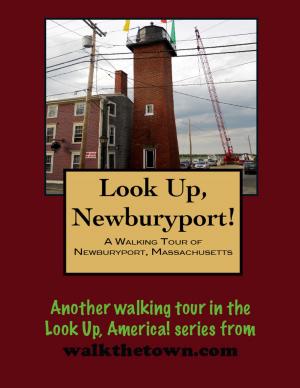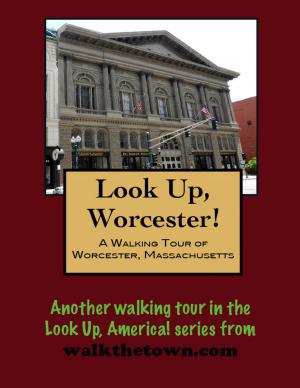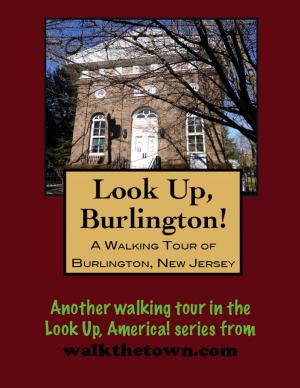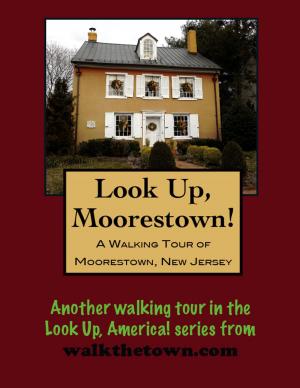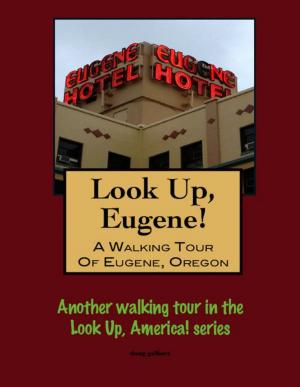| Author: | Doug Gelbert | ISBN: | 9781458092649 |
| Publisher: | Doug Gelbert | Publication: | March 3, 2011 |
| Imprint: | Smashwords Edition | Language: | English |
| Author: | Doug Gelbert |
| ISBN: | 9781458092649 |
| Publisher: | Doug Gelbert |
| Publication: | March 3, 2011 |
| Imprint: | Smashwords Edition |
| Language: | English |
There is no better way to see America than on foot. And there is no better way to appreciate what you are looking at than with a walking tour. This walking tour of Millville, New Jersey is ready to explore when you are. Each walking tour describes historical, architectural landmarks, cultural sites and ecclesiastic touchstones and provides step-by-step directions.
Every tour also includes a quick primer on identifying architectural styles seen on American streets.
In 1776 a foursome of enterprising Quakers from Burlington calling themselves the Union Estates Company picked up 24,000 acres of prime wilderness here with plans to build some lumber mills. To that end they constructed a dam to create Union Mill Pond and began cutting timber. Not much happened in the way of development until 1795 when Joseph Buck, a veteran of the Revolutionary War under George Washington saw the potential for a town at the headwaters of the Maurice River.
Buck laid out a plan for about 20 blocks of a new town on the east bank of the Maurice River and commenced to selling lots. Business was not brisk, even though the town was certified as Millville - for those lumber mills - in 1801. By the time he died in 1803 there were still fewer than 20 houses built in Joseph Buck’s dream town.
Much of New Jersey in underlain by fine-grained silica that is some of the world’s best material for making glass and around Millville much of that sand is near the surface. In 1806 James Lee, an Irish immigrant became the first to take advantage of that geographic oddity when he built the town’s first glass factory on the Maurice River. Lee was less of a pioneer, however, than a promoter. He had been making glass in Port Elizabeth since 1799 and he didn’t stay in Millville long either. By 1814 he had sold the glassworks and was off to a sawmill in Bridgeton and shortly thereafter out to the new lands opening in Ohio.
The legacy of glassmaking he started in Milltown endured, however and the town became the center of commercial glassmaking in the United States. By the 1880s the town’s population was pushing 8,000 and in 1883 Theodore C. Wheaton settled in town and began making pharmaceutical glassware. His family would eventually control 41 factories producing glassware and ceramics. It would be glass that would make Joseph Buck’s dream of a thriving town on the banks of the Maurice River come to pass.
And that is where our walking tour will begin, in a park dedicated to the town’s founder. The glass factories are mostly gone now but Millville is summoning the magic wrought by heat and sand to revitalize its streetscape once again as the Glasstown Arts District...
There is no better way to see America than on foot. And there is no better way to appreciate what you are looking at than with a walking tour. This walking tour of Millville, New Jersey is ready to explore when you are. Each walking tour describes historical, architectural landmarks, cultural sites and ecclesiastic touchstones and provides step-by-step directions.
Every tour also includes a quick primer on identifying architectural styles seen on American streets.
In 1776 a foursome of enterprising Quakers from Burlington calling themselves the Union Estates Company picked up 24,000 acres of prime wilderness here with plans to build some lumber mills. To that end they constructed a dam to create Union Mill Pond and began cutting timber. Not much happened in the way of development until 1795 when Joseph Buck, a veteran of the Revolutionary War under George Washington saw the potential for a town at the headwaters of the Maurice River.
Buck laid out a plan for about 20 blocks of a new town on the east bank of the Maurice River and commenced to selling lots. Business was not brisk, even though the town was certified as Millville - for those lumber mills - in 1801. By the time he died in 1803 there were still fewer than 20 houses built in Joseph Buck’s dream town.
Much of New Jersey in underlain by fine-grained silica that is some of the world’s best material for making glass and around Millville much of that sand is near the surface. In 1806 James Lee, an Irish immigrant became the first to take advantage of that geographic oddity when he built the town’s first glass factory on the Maurice River. Lee was less of a pioneer, however, than a promoter. He had been making glass in Port Elizabeth since 1799 and he didn’t stay in Millville long either. By 1814 he had sold the glassworks and was off to a sawmill in Bridgeton and shortly thereafter out to the new lands opening in Ohio.
The legacy of glassmaking he started in Milltown endured, however and the town became the center of commercial glassmaking in the United States. By the 1880s the town’s population was pushing 8,000 and in 1883 Theodore C. Wheaton settled in town and began making pharmaceutical glassware. His family would eventually control 41 factories producing glassware and ceramics. It would be glass that would make Joseph Buck’s dream of a thriving town on the banks of the Maurice River come to pass.
And that is where our walking tour will begin, in a park dedicated to the town’s founder. The glass factories are mostly gone now but Millville is summoning the magic wrought by heat and sand to revitalize its streetscape once again as the Glasstown Arts District...


